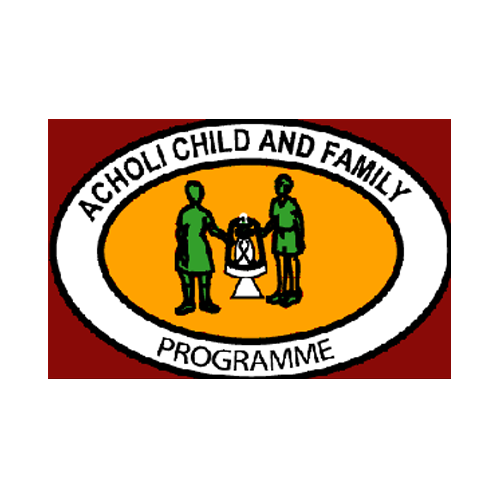The Districts of Northern Uganda have some of the lowest human development indicators with high poverty levels above the national average. Some of these districts include Gulu, Kitgum, Agago, Amuru and Nwoya. The 2019 state of Uganda’s population indicates that ‘agriculture is the core sector of Uganda’s economy. It presents a great opportunity for poverty eradication because it employs over 80% of Uganda’s labor force. However, subsistence agriculture is still predominantly practiced at 69% in Uganda, leading to low productivity and earnings from this sector’. The NIRAS International Scoping Study reveals that the most critical constraints to agricultural production in these districts are unpredictable weather patterns, expensive agricultural inputs, poor extension services, soil infertility leading to low yields, poor farming practices, post-harvest losses and pests and diseases.
Unemployment among the youth in the country stands at 13%. However, even those who are employed, majority are not in gainful employment. Agriculture provides a great opportunity, but the majority of population are disinterested in subsistence farming. Despite the good objectives and intentions of the government youth livelihood program and Parish Development Model, few of the target beneficiaries have been able to participate with the majority being unreached. ACFP through her various interventions in livelihoods has continued to grow sustainable approaches of reaching everyone through the family group program delivery methods, also integrating the FAAB approaches (Farming as a business) Many beneficiaries have been reached.
For project sustainability, ACFP has adopted the following approach.
- Capacity building through training by Extension workers
- Support through family groups
- Usage of available local resources within the caregiver groups
- Introduction VSLA methodology for us to improve and increase of access to seed capital and loans through group borrowing.
- Supporting group based enterprises and effectively monitor their progress as well as linking the groups to government programs for scale up.

Recent Comments